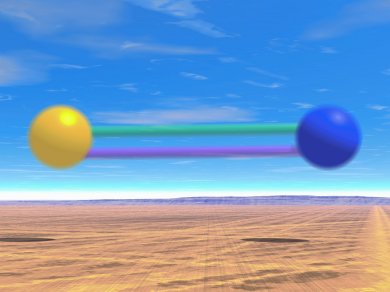D. M. Villeneuve and co-workers, University of Ottawa, Canada, have used high-harmonic generation spectroscopy (HHG) to monitor the excitation and dissociation of Br2.
HHG takes advantage of the fact only a small amount of molecules are excited by an ultrashort pump pulse and the coherence displayed by the unexcited molecules. A transient grating technique was used to acquire information on the amplitude and phase of the emissions from the excited molecules. The amplitude gives structural data while the phase records the attosecond dynamics of the electrons.
The researchers note that this technique could allow imaging of orbitals and show how ionization potentials evolve during a chemical reaction.
- Following a chemical reaction using high-harmonic interferometry
H. J. Wörner, J. B. Bertrand, D. V. Kartashov, P. B. Corkum, D. M. Villeneuve,
Nature 2010, 466, 604–607
DOI: 10.1038/nature09185



